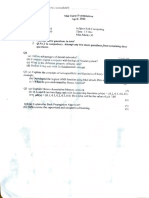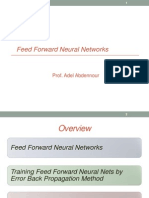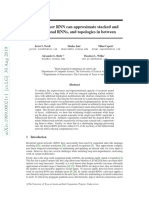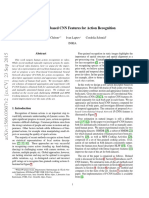0% found this document useful (0 votes)
44 views71 pagesUnit-1 Deep Learning
dwjdnwjd wjndwjd wnd whjd ewjkf w fewhj fenf wejfnew fb s jesejf je fse jew hef he eh fhefhf ehfehf eh
Uploaded by
Vasanth kCopyright
© © All Rights Reserved
We take content rights seriously. If you suspect this is your content, claim it here.
Available Formats
Download as PPTX, PDF, TXT or read online on Scribd
0% found this document useful (0 votes)
44 views71 pagesUnit-1 Deep Learning
dwjdnwjd wjndwjd wnd whjd ewjkf w fewhj fenf wejfnew fb s jesejf je fse jew hef he eh fhefhf ehfehf eh
Uploaded by
Vasanth kCopyright
© © All Rights Reserved
We take content rights seriously. If you suspect this is your content, claim it here.
Available Formats
Download as PPTX, PDF, TXT or read online on Scribd
/ 71
























































































